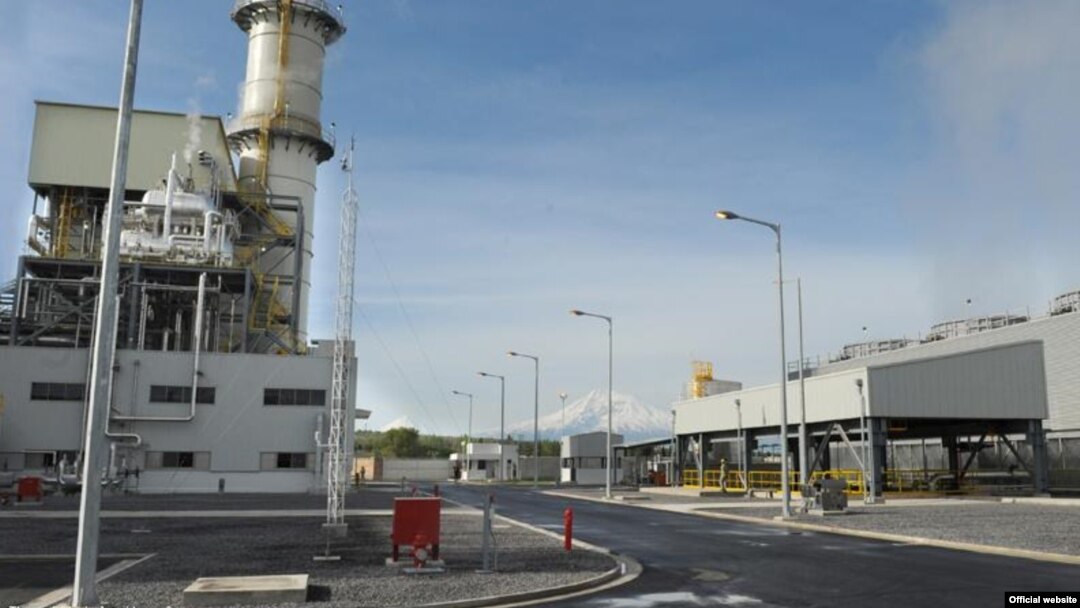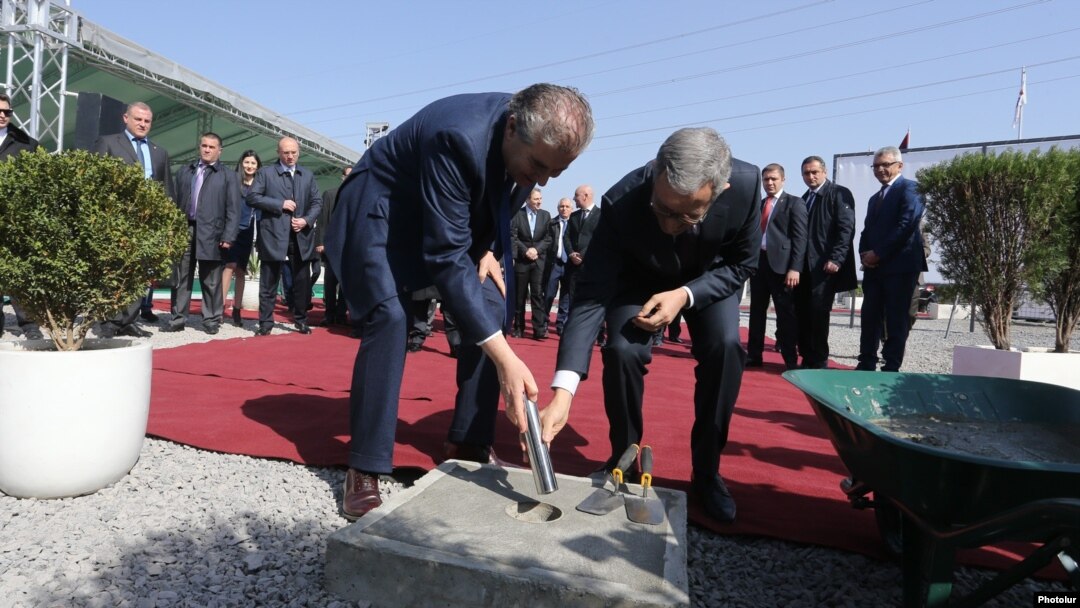An Italian company officially started building on Monday a new thermal power plan in Yerevan that will further diversify foreign ownership in Armenia’s energy sector.
The company, Renco S.p.A, held a ground-breaking ceremony attended by President Serzh Sarkisian and other senior Armenian officials. Renco’s chief executive, Giovanni Rubini, and Italy’s ambassador to Armenia, Giovanni Ricciulli, were also in attendance.
In a statement on the ceremony, Sarkisian’s press office said the construction will take just over two years and cost around $285 million. The gas-powered plant will have a capacity of nearly 250 megawatts and use “the most advanced” technology of power generation, it said.
Renco has done business in Armenia since the early 2000s. It has not been involved in the local energy sector until now, investing instead in luxury housing, hotels and office buildings. But the company has built, installed or operated power generation and distribution facilities in other parts of the world.
Two new gas-fired plants have already gone on stream in Armenia in the last few years. One of them was built in Yerevan in 2010 with a $247 million loan provided by Japan’s government. The state-owned facility has a capacity of 242 megawatts. Incidentally, the new plant to be built by Renco will be adjacent to it.
The other, more powerful thermal-power plant is located in the central town of Hrazdan. The Russian gas monopoly Gazprom inaugurated it in 2013.
Hrazdan is also home to another thermal power plant. With an estimated capacity of over 700 megawatts, the aging plant produces the most expensive electricity in Armenia. It is expected to be decommissioned in the next few years.
In a June 2015 report, the World Bank warned that the country will need an additional 250 megawatts of gas-fired capacity by 2020 to avoid a shortage of electricity. The new and more efficient Yerevan plant will presumably make up for that deficit.

Armenia -- A newly built power plant in Yerevan, 21Apr2010.
Natural gas is used for generating around one-third of Armenia’s electricity. The Metsamor nuclear power station and hydroelectric plants meet the rest of its energy needs.
Gazprom and another state-run Russian energy giant, Inter RAO, have long had strong presence in the Armenian energy sector. But it has somewhat declined in recent years, even if the South Caucasus state remains heavily reliant on Russian gas and nuclear fuel.
Inter RAO essentially pulled out of Armenia in September 2015 when it sold the old Hrazdan plant as well as the national electric utility to Samvel Karapetian, a Russian-Armenian billionaire. Local subsidiaries of Gazprom and another state-controlled Russian firm, RusHydro, currently account for up to one quarter of Armenian electricity production.
The sector attracted the first major investment from the West in 2015 with the $180 million acquisition by the U.S. company ContourGlobal of Armenia’s largest hydroelectric complex. The U.S. government has repeatedly hailed that deal.


